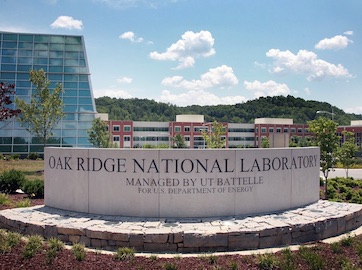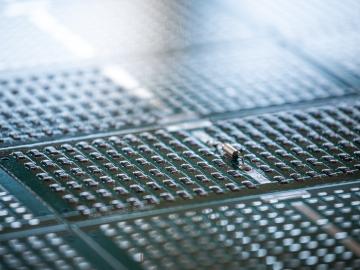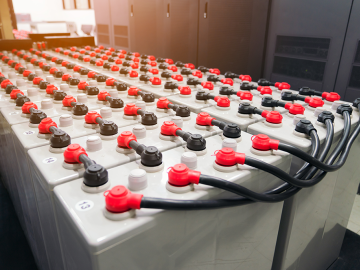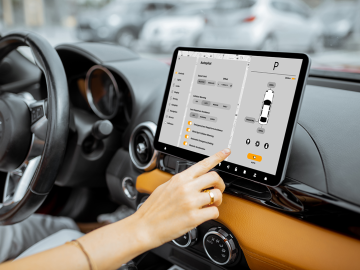Filter Results
Related Organization
- Biological and Environmental Systems Science Directorate (29)
- Computing and Computational Sciences Directorate (39)
- Energy Science and Technology Directorate (229)
- Fusion and Fission Energy and Science Directorate
(24)
- Information Technology Services Directorate (3)
- Isotope Science and Enrichment Directorate (7)
- National Security Sciences Directorate (20)
- Neutron Sciences Directorate (11)
- Physical Sciences Directorate (138)
- User Facilities
(28)
Researcher
- Hongbin Sun
- Kyle Kelley
- Rama K Vasudevan
- Mingyan Li
- Sam Hollifield
- Sergei V Kalinin
- Anton Ievlev
- Bogdan Dryzhakov
- Brian Weber
- Ilias Belharouak
- Isaac Sikkema
- Joseph Olatt
- Kevin M Roccapriore
- Kevin Spakes
- Kunal Mondal
- Liam Collins
- Lilian V Swann
- Luke Koch
- Mahim Mathur
- Marti Checa Nualart
- Mary A Adkisson
- Maxim A Ziatdinov
- Neus Domingo Marimon
- Olga S Ovchinnikova
- Oscar Martinez
- Pradeep Ramuhalli
- Praveen Cheekatamarla
- Ruhul Amin
- Stephen Jesse
- Steven Randolph
- Thien D. Nguyen
- T Oesch
- Vishaldeep Sharma
- Yongtao Liu

In nuclear and industrial facilities, fine particles, including radioactive residues—can accumulate on the interior surfaces of ventilation ducts and equipment, posing serious safety and operational risks.

The invention presented here addresses key challenges associated with counterfeit refrigerants by ensuring safety, maintaining system performance, supporting environmental compliance, and mitigating health and legal risks.

The invention introduces a novel, customizable method to create, manipulate, and erase polar topological structures in ferroelectric materials using atomic force microscopy.

High coercive fields prevalent in wurtzite ferroelectrics present a significant challenge, as they hinder efficient polarization switching, which is essential for microelectronic applications.

Knowing the state of charge of lithium-ion batteries, used to power applications from electric vehicles to medical diagnostic equipment, is critical for long-term battery operation.

Real-time tracking and monitoring of radioactive/nuclear materials during transportation is a critical need to ensure safety and security. Current technologies rely on simple tagging, using sensors attached to transport containers, but they have limitations.

This invention presents technologies for characterizing physical properties of a sample's surface by combining image processing with machine learning techniques.


